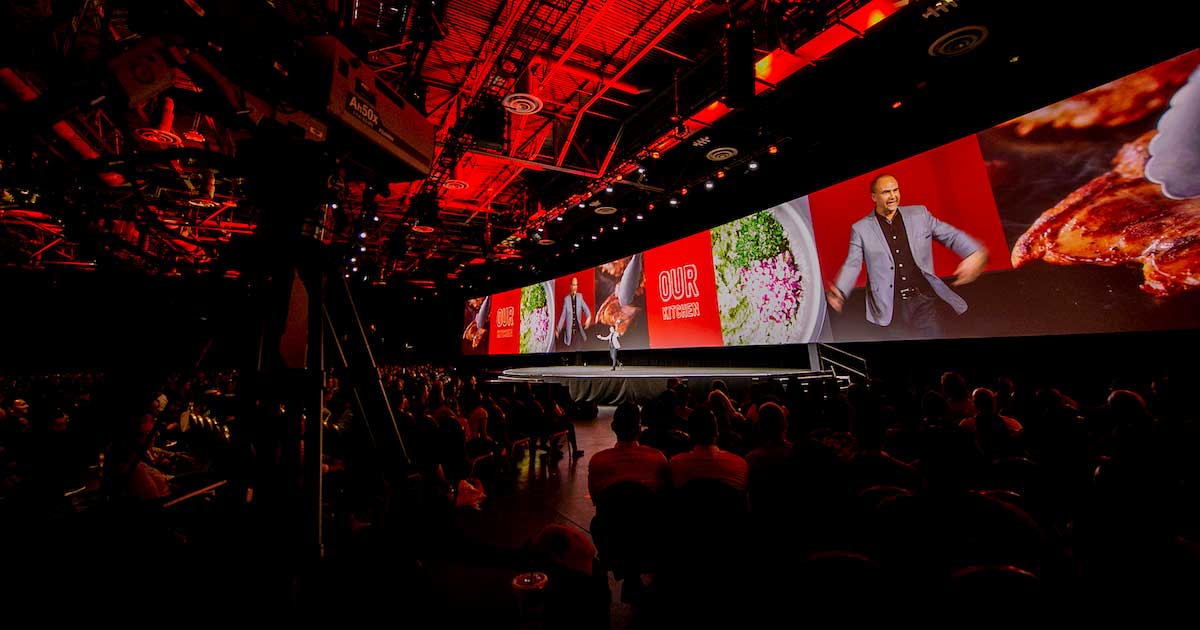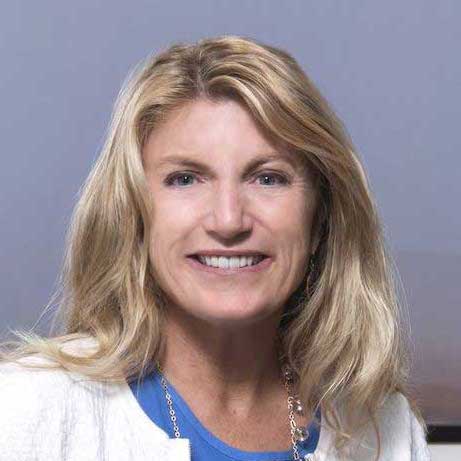“Unbridled is a full-service event management, event production and creative agency delivering intentionally crafted events through our customer-focused approach. That may be what we do, but people know us by our culture lived by our team members, who embody Unbridled’s values, creativity and flexibility.”
When reading that statement on unbridled.com, a few key words stand out: “intentionally,” “culture” and “values.” After chatting with Tim Woodring, chief creative officer, and Katharine Landmeier, VP of experience design, you understand how these words are not platitudes but resound as deep commitments—both internally and to clients. They describe their corporate identity as a collaboration of destinies, a culture of authenticity and a business of generosity. Things at Unbridled just feel different.
The Meeting Professional: Although the experience design group was launched in 2015, Unbridled has been committed to user-centered design from its beginnings back in 2001.
Tim Woodring: Our core purpose is to ‘connect companies to their people.’ We do that through hiring for and deeply valuing connection. If we don’t know how to connect to ourselves and our teammates, how are we going to help our clients connect with their employees, reps, managers, customers or whomever it may be. We can’t give away something we don’t have. That’s where experience design comes from—deep levels of genuine empathy. From that place of connection, we flow through all the services required to produce large and small live experiences that feel different.
We’re a company with an agenda: We want people to experience meaningful connections. And we believe that live events can be catalytic in forming deeper connections, training and retaining and communicating organizational change and vision. We know from Gallup that 87 percent of employees are disengaged at work. We also know that many companies leverage events to increase employee engagement. We want to help solve this disconnect. The way we approach our work is in our name—every client is unique, and each experience requires a fresh, authentic approach. And each outcome is Unbridled.
TMP: How does experience design fit into the overall process flow when your team works on projects?
TW: “Experience design is in everything. Each touchpoint and part of the experience is communicating something all the time.” We want to design these touchpoints to work together. To this end, we craft what we call a Story Arc—a tool that we use in the planning process to weave all aspects of a program together, including the pre- and post-journeys. This Story Arc informs every aspect of the event, from the physical design of the space through the speaker content, agenda design, evening event design and the overall marketing and collateral. We also use experience design tools like empathy mapping and experience journey maps to identify all the different touchpoints in the program, and how we want the participant to think and feel during that touchpoint.
TMP: Now, let’s get into your case study, the 4,000-person Chipotle All Managers Conference (AMC). Why did this program stand out to you as a powerful example of event experience design?
Katharine Landmeier: Chipotle’s 2018 AMC was held during a pivotal time in their company, with many new leaders and shifts in corporate strategy. We needed to make this large program feel personal. Fortunately, we had built much trust with the client since our first event with them in 2016, and truly felt part of their core team. Having a brilliant principal client and a trusted relationship is crucial to creating the climate for ingenuity in experience design. This foundation allowed us to continue to design and produce an amazing 2018 conference that won over the hearts and minds of their employee base—even amid organizational change. We feel we created a powerful emotional journey for the participants, while still delivering on the educational goals from their internal learning and development team.
TMP: What are some of the educational design elements you used to deliver on this promise?
KL: We began with an emotional and high-energy mainstage motion graphics video that spanned all screens, that led into the first general session. We produced a number of videos that we interspersed throughout the event—each based on a specific learning objective. For the breakout, the group was divided into six smaller groups that go into a rotation of labs designed to create a variety of adult learning experiences with targeted learning objectives. To keep the relevancy of their existing leadership, cascade and accountabilities, we divided the groups to include area managers and upper management.
TMP: You mentioned your client already had a strong learning and development team; how did you contribute at AMC 2018?
KL: It was important that we co-created the experience with our client’s learning team. Many of them were new, so we could bring institutional knowledge from operating their 2016 program into their 2018 event. Then, as experience designers, we were able to help take their learning objectives and deliver them at scale.
TMP: For the physical setting, how did you continue to reinforce the messaging?
KL: The Chipotle Plaza was the focal point of the conference. A sort of meeting ground, it tied the theming in every day while changing the set to highlight a different message. The plaza had experiential areas for the attendees, as well as a stunning interactive sculpture that took on various forms as the conference evolved—fundamentally transforming with the content and agenda of the event. Different program elements included group work that would contribute back to the sculpture—a physical manifestation of how individual teams are contributing to the whole. Gamification helped keep the momentum going.
TMP: We know the element of surprise is a powerful XD tool; how did you use this at AMC 2018?
KL: In addition to the plaza, we also created a massive medallion wall that acted as a barrier between the registration area and was used as a surprise reveal to create a unique, branded pathway for their important awards night, transforming the wall into a red-carpet backdrop. The guests couldn’t believe how the set they were interacting with all week could become an entirely different experience—hidden in plain sight.
Level Up Your Experience Design
Visit mpi.org/blog to hear more from Tim Woodring and Katharine Landmeier: how they won over new stakeholders and what they learned from hits and misses in the design phases.
You can also join our online Experiential Marketers and Designers Community. And if you’re not an MPI member, learn more about joining and the value of belonging to this community.
If you’re ready to take the next step in experience design, enroll in one of our upcoming Event Design Certificate courses today.
Each month during 2020, Annette Gregg, CMM, MBA, senior vice president of experience for MPI, will interview MPI members to highlight some of the best examples of event experience design (or user-centered design) across the globe. Look for the reports in every issue of The Meeting Professional.



